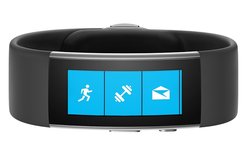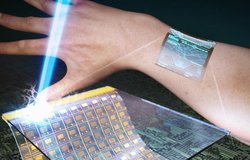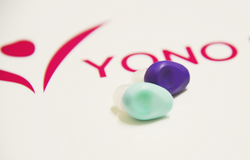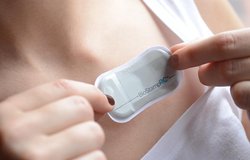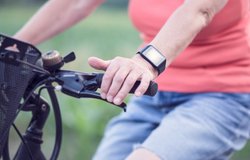Fitbit: Major events like the US election are making us lose sleep
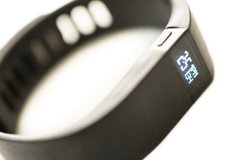
(Image Credit: iStockPhoto/franckreporter)
Wearable devices can offer some unique insights about our health and the environmental impacts which affect it. Data from 10 million Fitbit devices has revealed that on average users slept 30 minutes less than on the previous two Tuesday nights.
During the presidential debates, users slept 4.2 minutes less...


